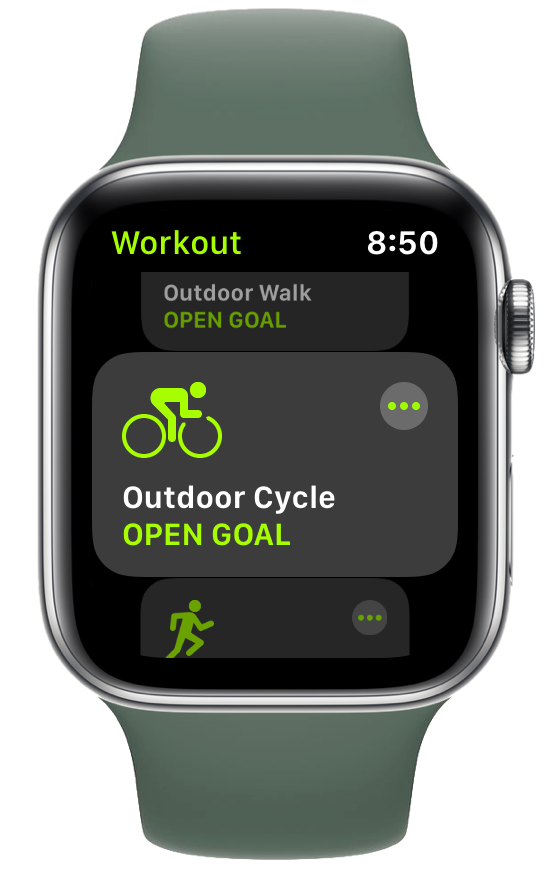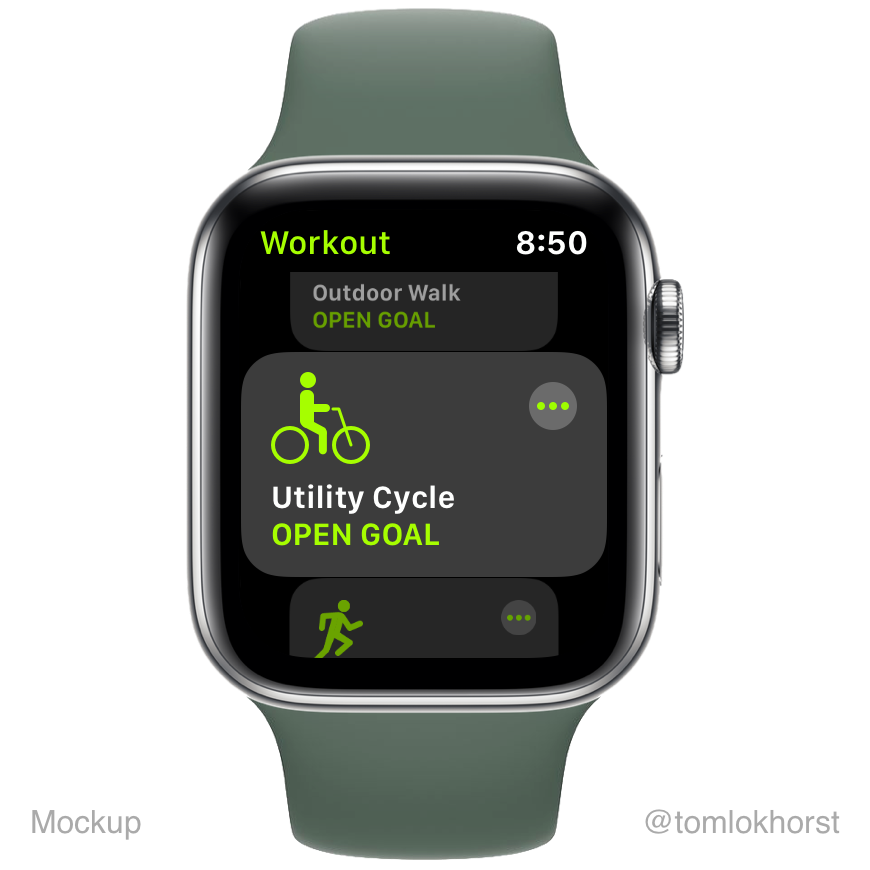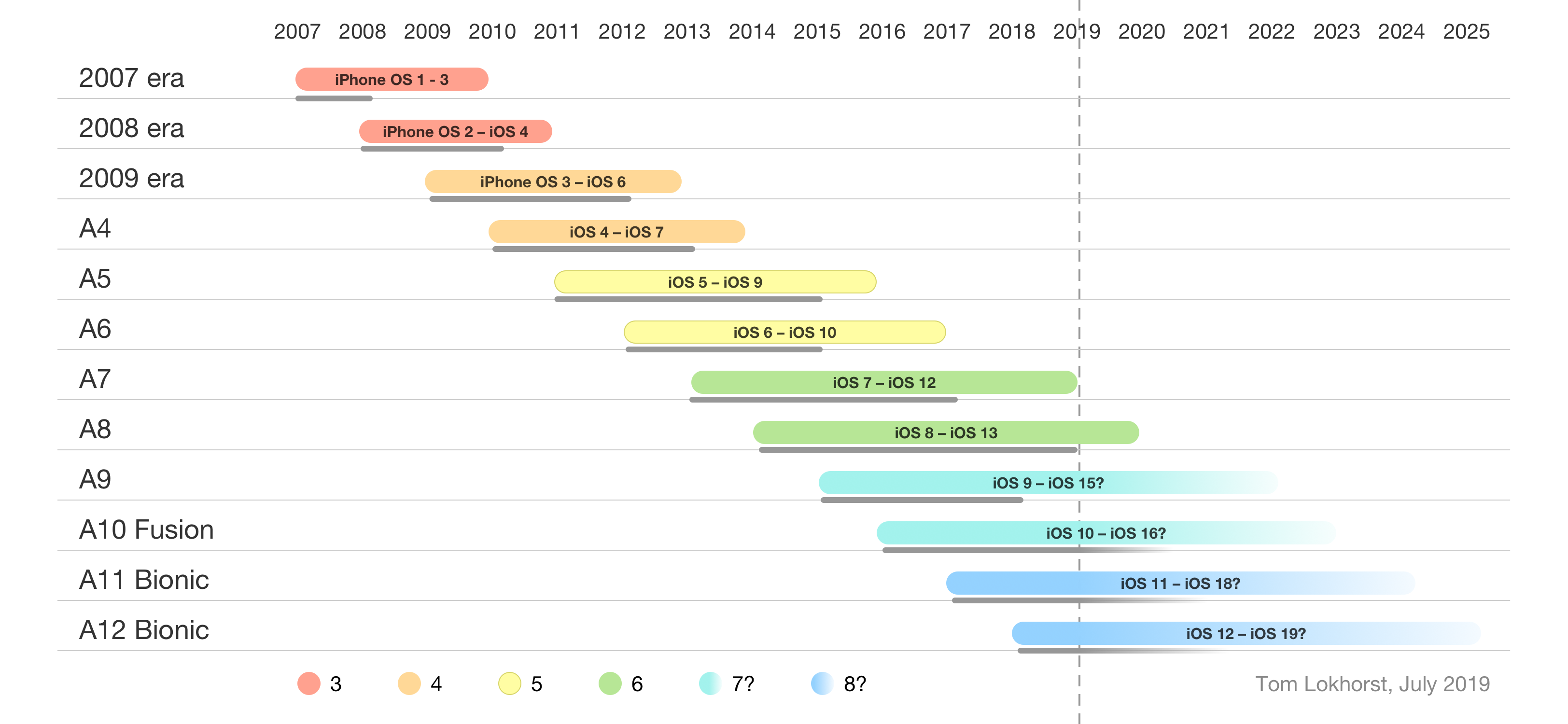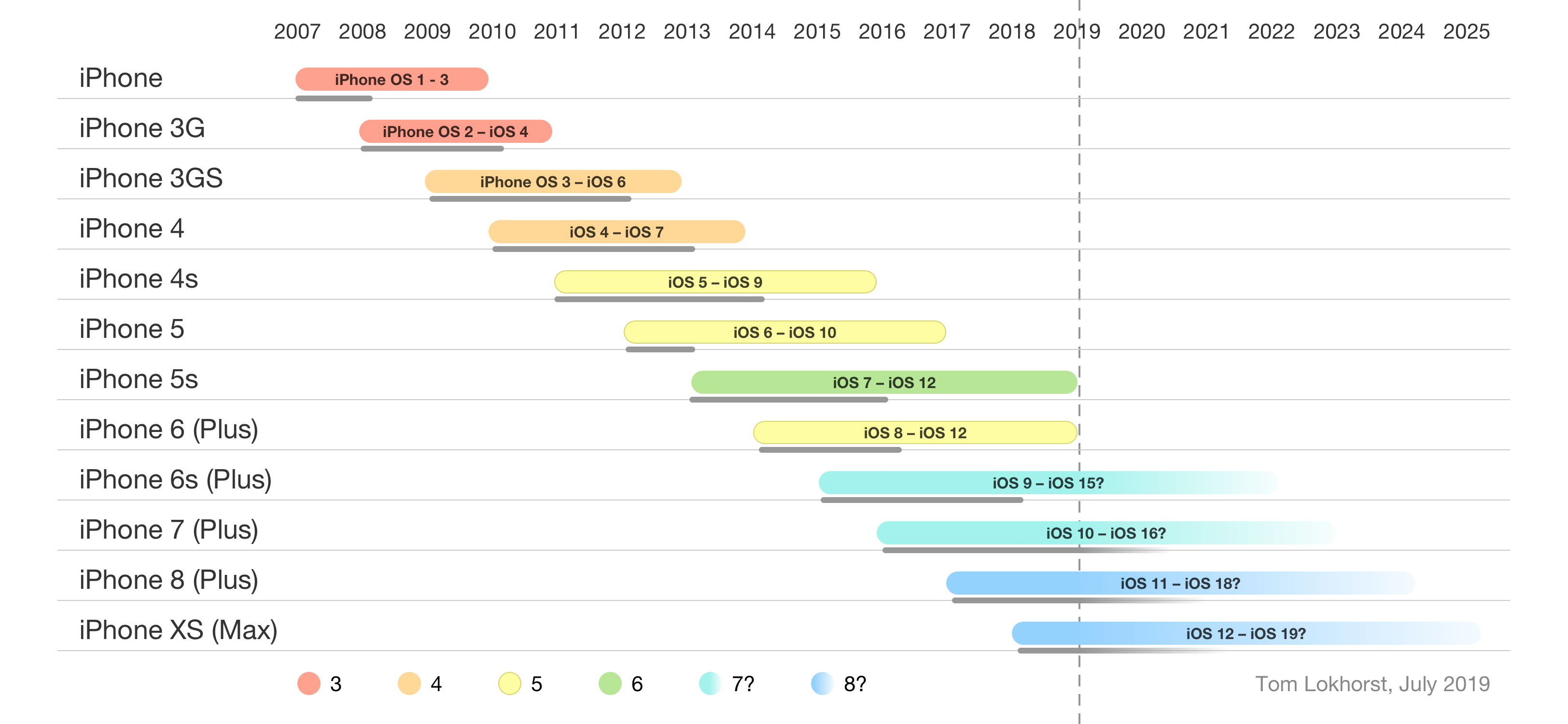
Currently, watchOS has a workout called “Outdoor Cycle”, the icon shows a person on a racing bicycle. But that is not what cycling means, for millions of people who use a utility bicycle for daily transportation.
Instead of specific activity, that some people do, some of the time. Cycling can also be a boring part of everyday life, that everyone does, all of the time.
How cycling in The Netherlands is different
Here I’m going to make some assumptions and generalisations about places I don’t live… When I think of cycling in some other places, like say California, I think of something like this:
Here we see people, hunched over on racing or road bikes. They go fast, wear special protective clothing and are are really working out. More importantly, culturally these people are doing something abnormal, in the sense that cycling is not the norm, most people don’t cycle regularly.
In contrast, this is a typical Dutch view of cycling:
In The Netherlands, cycling is a common mode of transport. 27% of all trips are made by bicycle. In Amsterdam, a third of morning commutes are made by bicycle, making it the most popular form of transport (above walking and cars). At first glance you can see the differences: people sit upright, drive slowly, and they are wearing ordinary clothing. The bicycles themselves are also different; They are relatively cheap, have a kickstand, a chain guard and angled-back handlebars. They also include one or two luggage carriers.
Side note; It’s not that the other type of bicycle doesn’t exist in The Netherlands. We too have people who (in the weekends), put on a helmet, dress up in lycra, and take out their other sporting bicycle. To do competitive racing, or mountain biking in the woods. But those are recreational sports, not day-to-day transport.
My which for Apple Watch: Support for Utility Cycling
I would like it if watchOS 7 added an additional option. To support this normal, everyday, utility cycling. It seems a bit weird to call this a “workout”, but hey “outdoor walking” is also in there, so what the heck. I even designed an icon for this:

In a similar way to Outdoor walking, this activity should be automatically detected and activated. This could be used to more accurately track activity when commuting to work, taking the kids to school or grocery shopping. And while you’re at it Apple, please also add the cycling modality to Apple Maps!
PS: For those unfamiliar, here’s a little mood impression of what cycling in The Netherlands looks like:
(Also, do check out the rest of the rest of BicycleDutch channel on YouTube. It’s great!)






